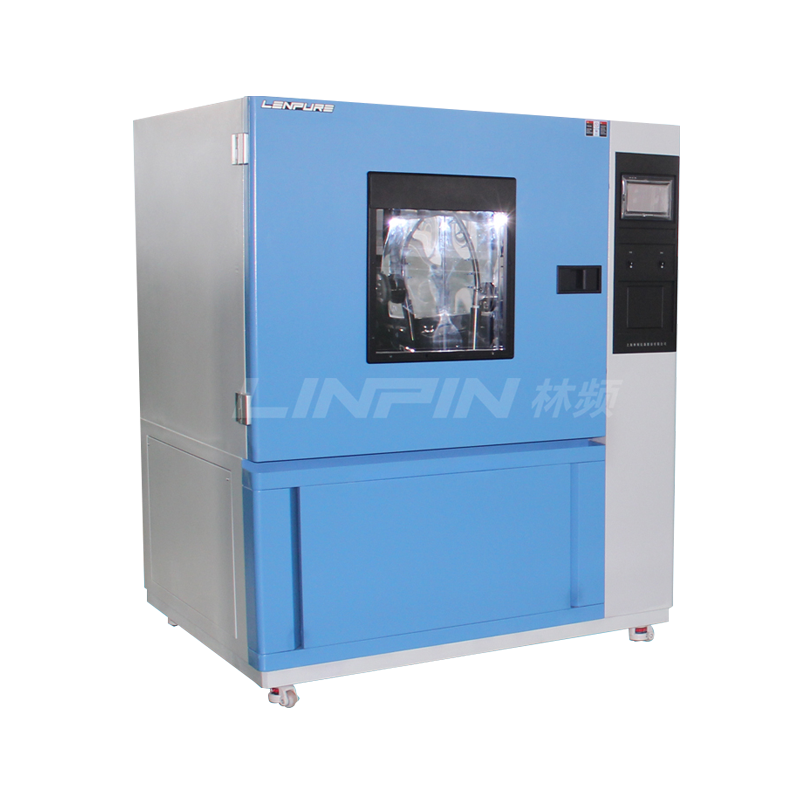

Water is essential for rainfall test chambers, and the choice of test water directly affects the accuracy of the test results. Today, the editor of Linpin Instruments will briefly introduce the impact of test water on the test chamber.

Rainfall test chambers typically use filtered or softened water. This is because if the test chamber uses unfiltered water, it may lead to reduced or unstable water flow. When the test equipment operates under low water pressure, this effect becomes more severe. Additionally, it is important to check whether the test water is corrosive. Since the tests conducted in rainfall test chambers do not include corrosion effects, it is advisable to use pure water. It is also necessary to prevent the water quality from being contaminated by the environment or other substances during use.
Test water not only affects the equipment but also impacts the test items. For some test specimens, water tests are conducted during or immediately after spraying, followed by electrical measurements. These measurements include both the exterior and interior surfaces. If the interior surface is wetted by water entering through ventilation holes or gaps, it is necessary to use deionized water or distilled water.
This concludes the brief introduction to the impact of test water on the test chamber. Rainfall test chambers can simulate various environments, such as water exposure and spraying, which electronics may encounter during use or transportation. These chambers are widely used in the automotive industry to test the waterproof performance of items such as automotive lamp housings, external lighting, and signaling devices. Generally, after purchasing a test chamber, manufacturers provide technical training and guidance to customers. If customers encounter problems, they can contact the technical personnel for solutions. For more serious faults, it is recommended to have the manufacturer’s after – sales personnel handle and repair the equipment.